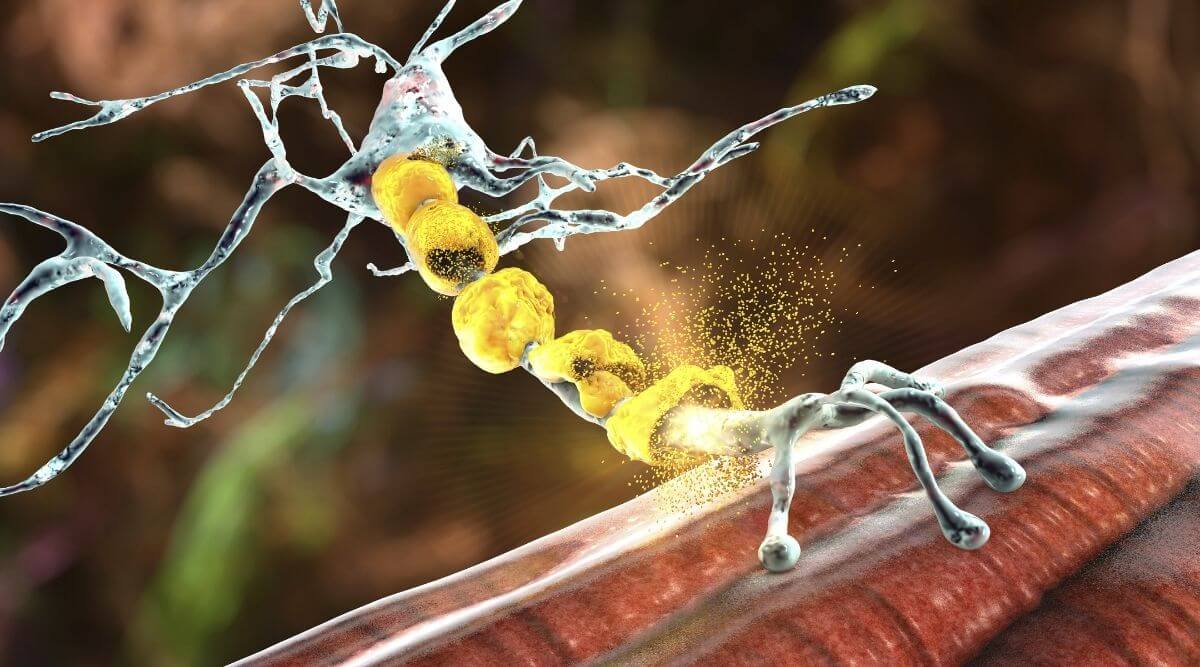Krabbe disease is a devastating disease that belongs to the Leukodystrophy disease family. These diseases are characterized by defects in the myelin, an insulating layer that protects nerves in the brain. The only treatment options for this disease are for supportive care, there are no treatments that slow or alter disease course.
What is Krabbe disease?
Krabbe disease or globoid cell leukodystrophy, like many of the diseases focused on at Gain Therapeutics, is a lysosomal storage disorder that affects both the peripheral and central nervous systems. This means the cellular garbage disposal is not functioning well due to enzyme deficiency. In this case, the dysfunctional enzyme is galactosylceramidase, because of a mutation in the GALC gene. Like most lysosomal storage disorders, Krabbe disease is inherited from parents in an autosomal recessive manner. This pattern of inheritance indicates that both parents must carry a copy of the mutated gene, and a child must inherit that copy from each parent for disease to occur.
Galactosylceramidase works to break the bonds of molecules called galactosyl-sphingolipids. When people suffer from a deficiency in this enzyme, the cells cannot properly metabolize lipids. Lipid buildup, specifically psychosine, is toxic to our oligodendrocytes. These cells help support our neurons by being one source of myelin production. The myelin sheath is what protects and insulates our nerves for optimal function. Lipids are needed for many functions within the body, but in this case, the presence of unmetabolized lipids can negatively affect the growth of the myelin sheath as well, leading to Krabbe disease.
When are patients diagnosed with Krabbe disease?
There are two main patient subsets in terms of diagnosis. Early infantile-onset develops in infants usually <6 months old and is the most common form of Krabbe disease, but in a subpopulation of individuals, disease may progress much slower leading to later-onset Krabbe disease. The infantile form of disease is aggressive, with children possibly displaying a range of symptoms including developmental delays, difficulty feeding, peripheral neuropathy, loss of hearing or vision, or a general failure to thrive. In later-onset, patients in later childhood or adulthood may present with symptoms affecting their motor and cognitive function. The disease is often diagnosed by testing the GALC enzyme activity in blood cells or looking for high concentrations of the toxic compound, psychosine. Some states even include a test for Krabbe disease in newborn screening panels due to its aggressive nature. Unfortunately, while both forms of disease decrease life expectancy, infantile Krabbe disease is very destructive and often leads to death within the first few years of life.
How is Krabbe disease currently treated?
Regrettably, there are no disease-modifying treatments for Krabbe disease. In infants, because the disease is so aggressive, treatment is centered on offering supportive care and symptom management. Similarly, later-onset Krabbe disease treatments are geared toward interventions including occupational or physical therapy to minimize the symptomatic effects of the disease.
Most treatment options are aimed at management, but stem cell transplantation is also a possibility depending on when the diagnosis occurs. Because Krabbe disease transforms the microglia into toxic cells, a stem cell transplant may help patients produce healthy glial cells. In turn, these cells can then help by producing GALC enzyme as well as myelin within the nervous system. Studies focused on stem cell transplants in Krabbe disease have shown that it can improve quality of life and extend life expectancy depending on when the treatment takes place relative to symptomatic presentation in patients.
How will Gain Therapeutics revolutionize treatment options for Krabbe disease?
As highlighted in previous posts, Gain Therapeutics is focused on identifying novel compounds and discovering unique allosteric binding sites to treat lysosomal storage disorders such as Krabbe disease. Using small molecular allosteric regulators will stabilize the enzyme that is the culprit of disease. The target enzyme in Krabbe disease is GALC. When Gain finds promising candidates, this would be the first drug treatment option for patients suffering from this terrible disease.
The Krabbe disease research program is currently in the discovery phase. Candidate compounds have been identified and are being tested in collaboration with Dr. Ernesto R. Bongarzone, Ph.D., at the College of Medicine at the University of Illinois in Chicago. Gain Therapeutics announced the project’s exciting progress in an end-of-the-year press release. The STAR compounds were tested in both cell lines and mouse glial cultures and were able to significantly reduce the levels of psychosine – the toxic molecule that kills our cells. These promising results are already sparking the next phase of the Krabbe disease program. As the program moves into more complex in vitro model systems, Gain Therapeutics and collaborators are eager to further evaluate compound efficacy and bring patients one step closer to a treatment for Krabbe disease.


